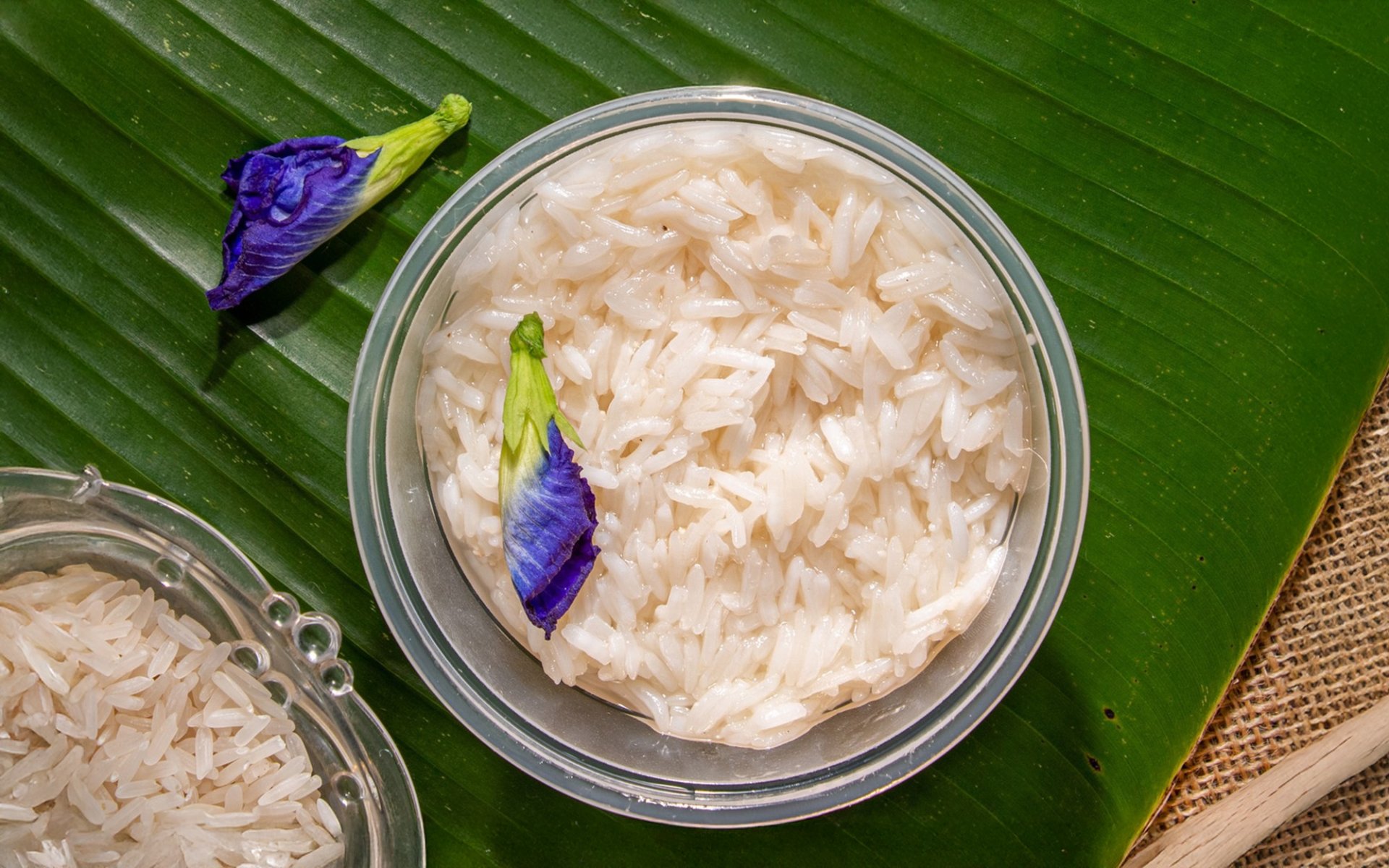Khao Mak

As many know, rice is a staple food in Asia, holding immense cultural and agricultural significance. Especially in Thailand, which is known as one of the world's top rice-producing countries. With fertile land, conducive climate, and skilled farmers, Thailand boasts a long history of rice cultivation.
The Origin of Khao Mak: A Solution to Leftover Rice
Since rice is the main food for Thais, many Thai ancestors have adapted rice into various forms of food. One such creation is Khao Mak, believed to have originated from the local wisdom of the northeastern Thai people who sought to maximize the use of rice. Often, after meals, a significant amount of rice would be left over. Discarding it seemed wasteful, as despite its abundance, rice is a valuable commodity that sustains the lives of Thais. Therefore, to avoid wasting leftover rice, villagers devised the method of making Khao Mak. The oldest records of Khao Mak date back to the Sukhothai period (1238 1583 CE).
The Process of Making Khao Mak: From Sticky Rice to Sweet Delicacy
To make Khao Mak, leftover steamed sticky rice is thoroughly washed and then fermented with mold and yeast in the form of a starter called Luk Paeng. This is a ball of microbial culture made from rice flour mixed with beneficial mold and local herbs, shaped into round balls, and fermented in appropriate temperature and humidity. It is then sun-dried completely before being fermented with steamed sticky rice, leading to a chemical reaction that converts starch into sugar.
During this fermentation process, the rice grains gradually become softer in texture, producing a sweet fermented liquid which locals call Nam Toy. However, this fermentation requires careful attention; if fermented for too long, the rice liquid will turn into alcohol. Therefore, Khao Mak typically takes about 3 days to ferment before it is ready for consumption. Ancient Thais traditionally enjoyed Khao Mak as a dessert and a snack.
Cultural Significance and Health Benefits
Khao Mak holds deep cultural significance in Thai society. Traditionally, Khao Mak is often associated with auspicious events, festivals, and religious ceremonies. Villagers commonly prepare and share it during various festivals such as Loy Krathong and Songkran, as well as religious events like weddings, temple offerings, and merit-making ceremonies. The presence of Khao Mak at these special occasions symbolizes unity, blessings, and good fortune.
Khao Mak is not only delicious but also highly beneficial for the body. As Khao Mak is produced through a fermentation process with bacteria and microorganisms, similar to yogurt and fermented milk, it contains a large amount of probiotics. These probiotics aid in producing enzymes for digestion, stimulate the excretory system, boost immunity, and help reduce various inflammations, such as vaginal inflammation and urinary tract inflammation. Additionally, Khao Mak is a source of dietary fiber, with low amounts of protein, carbohydrates, and fat.
A Culinary Gem Enduring from Past to Present
Over time, the knowledge of Khao Mak making techniques has been passed down from generation to generation to people in the present day. Even as time has passed and modern food trends have emerged, Khao Mak continues to be popular and remains a favorite among Thais and visitors aliketruly an enduring culinary gem in Thailand.


